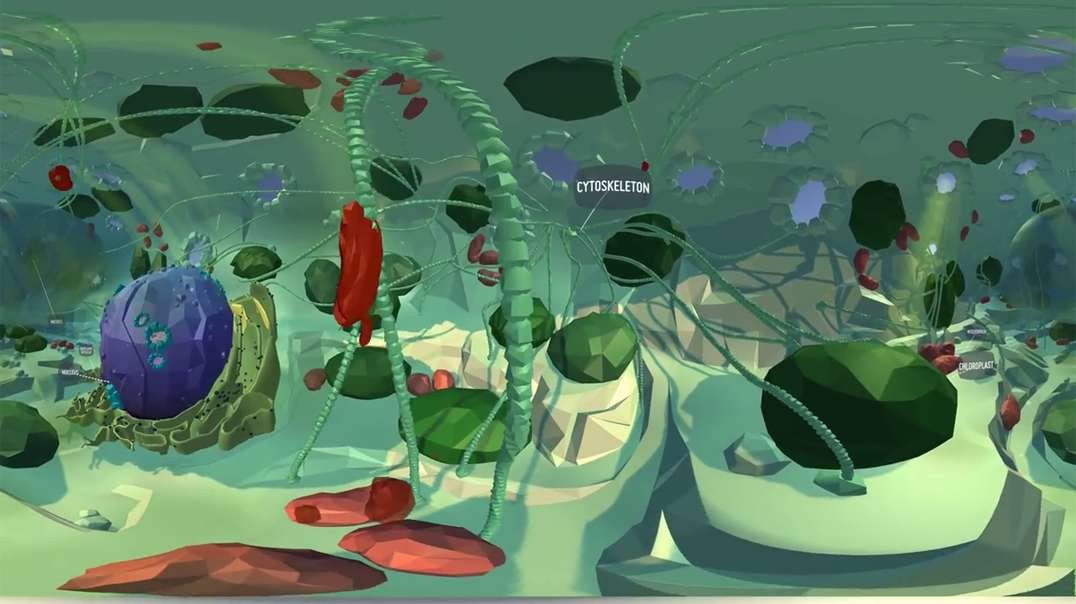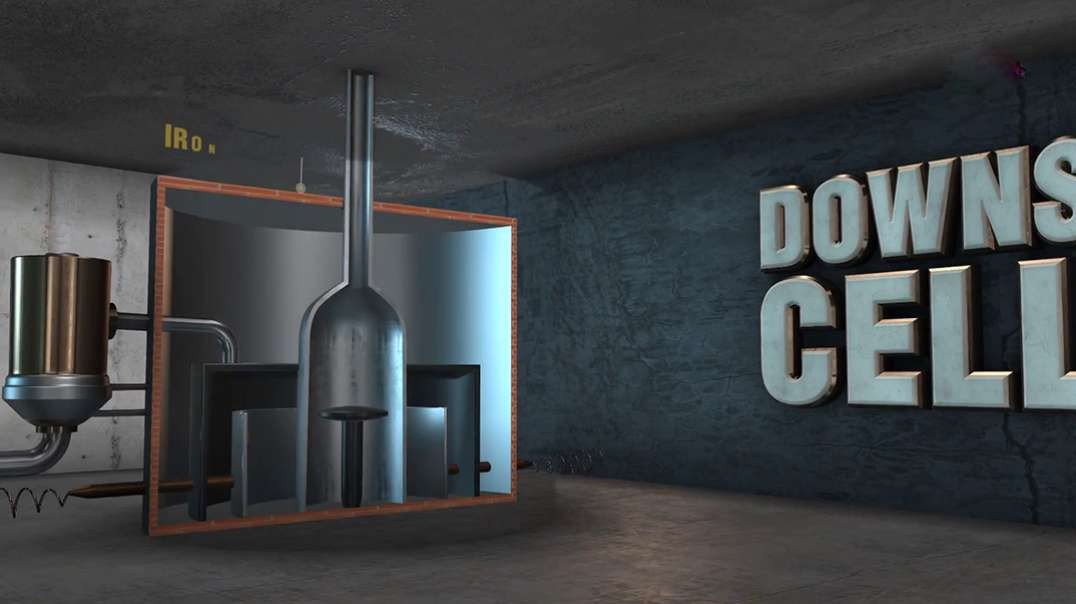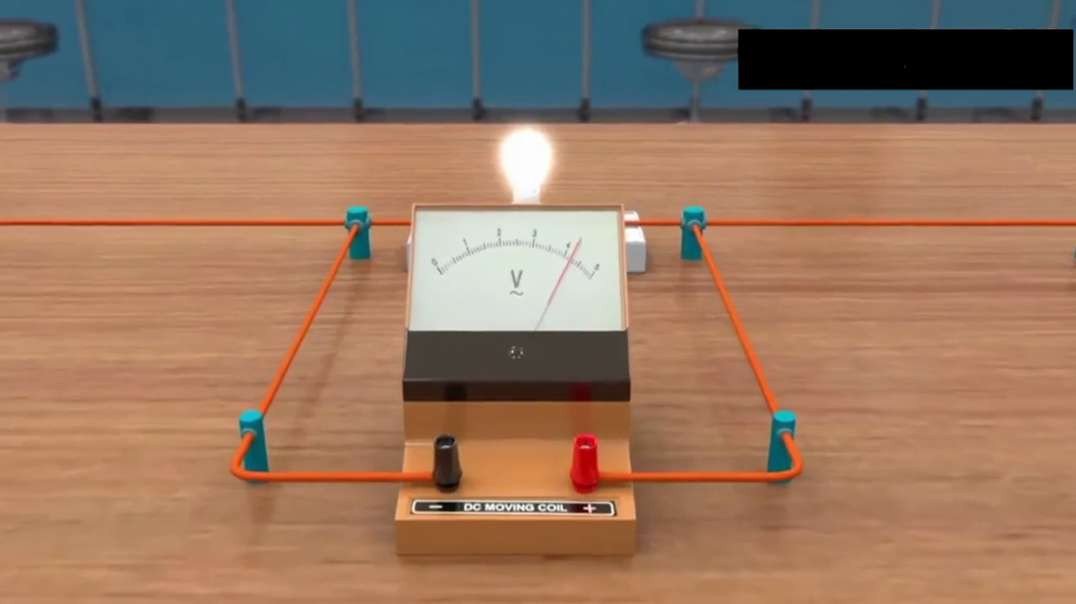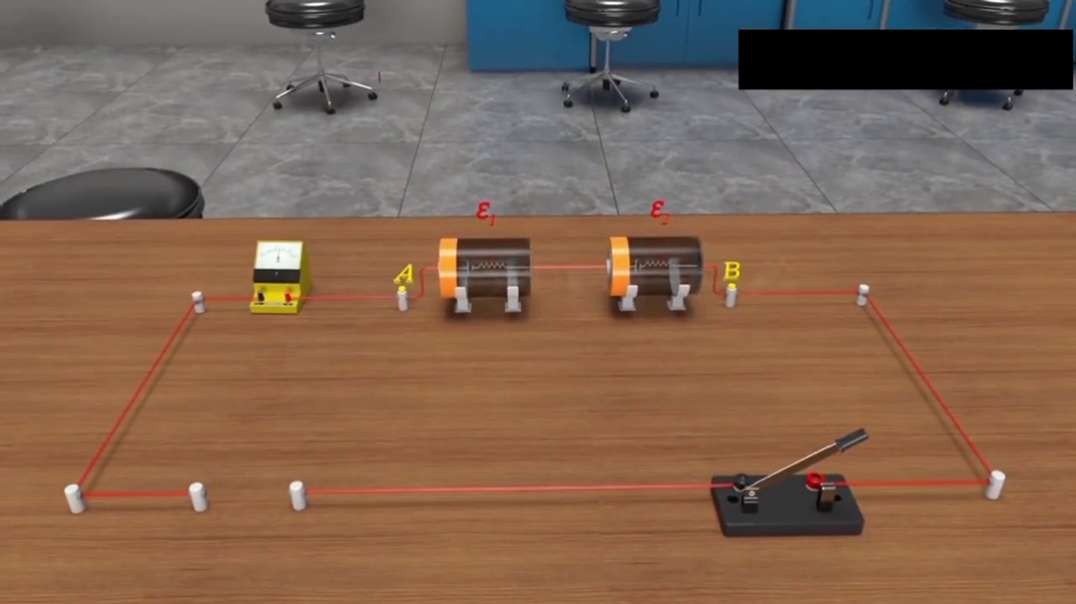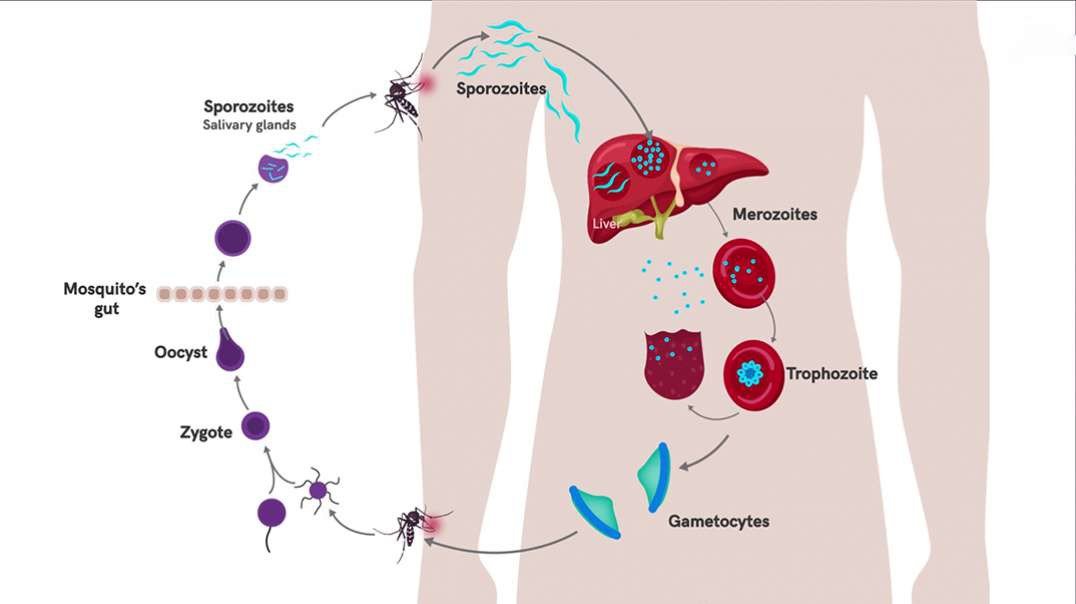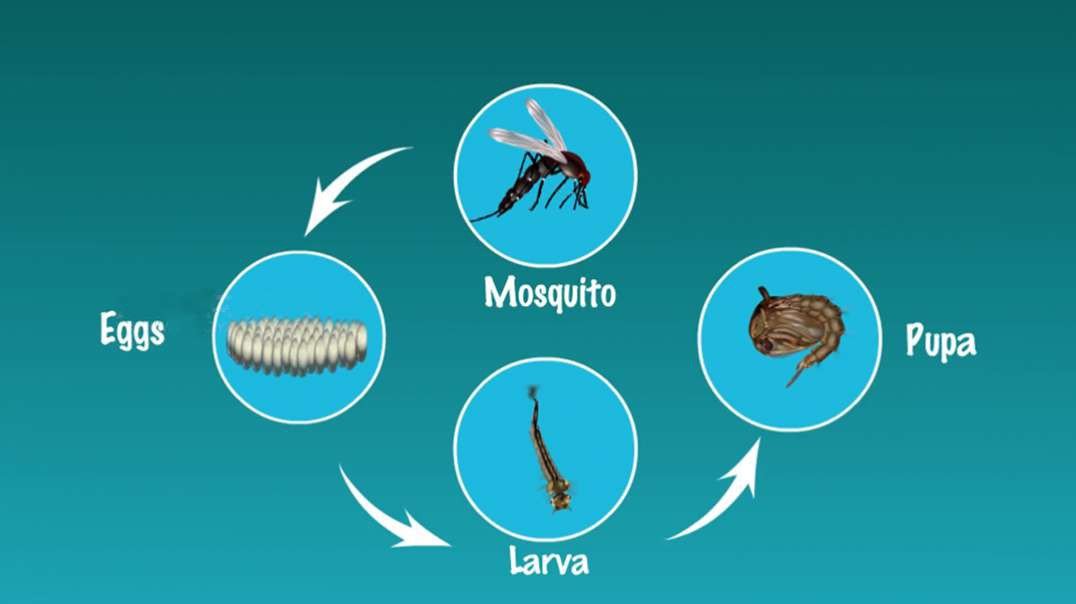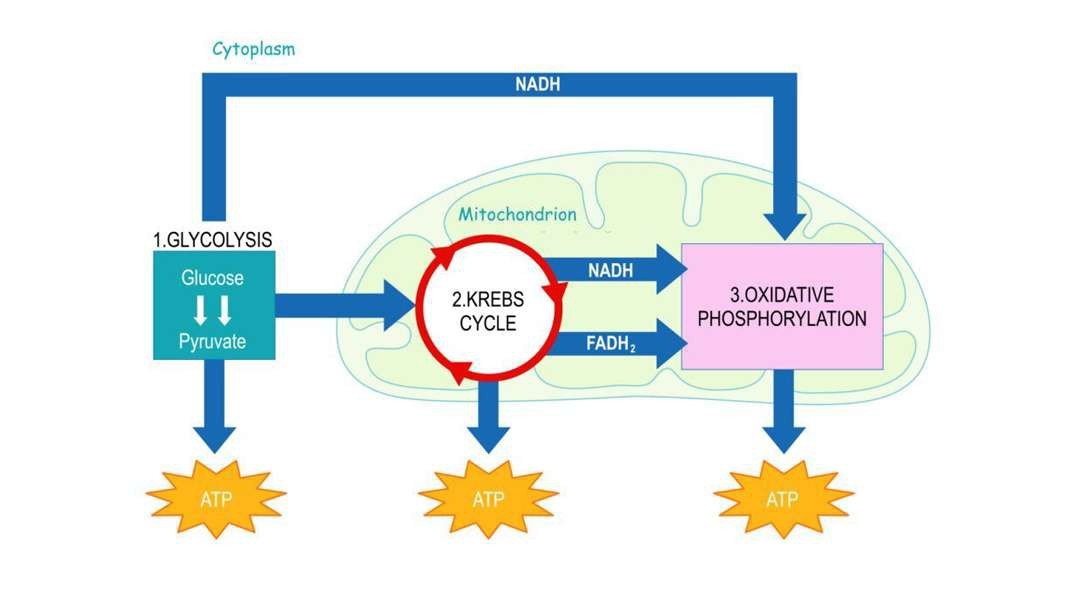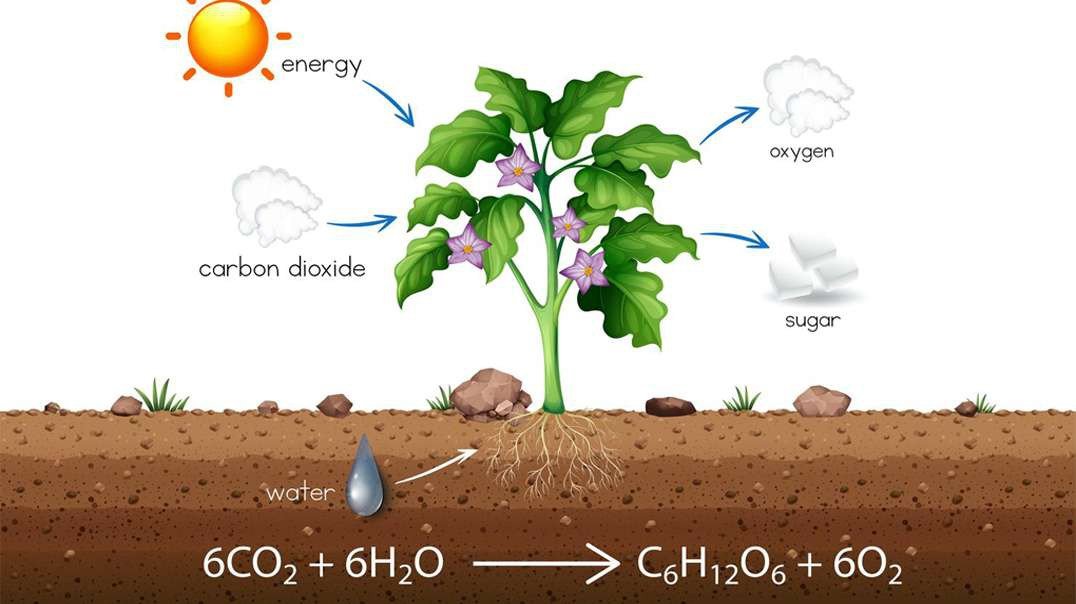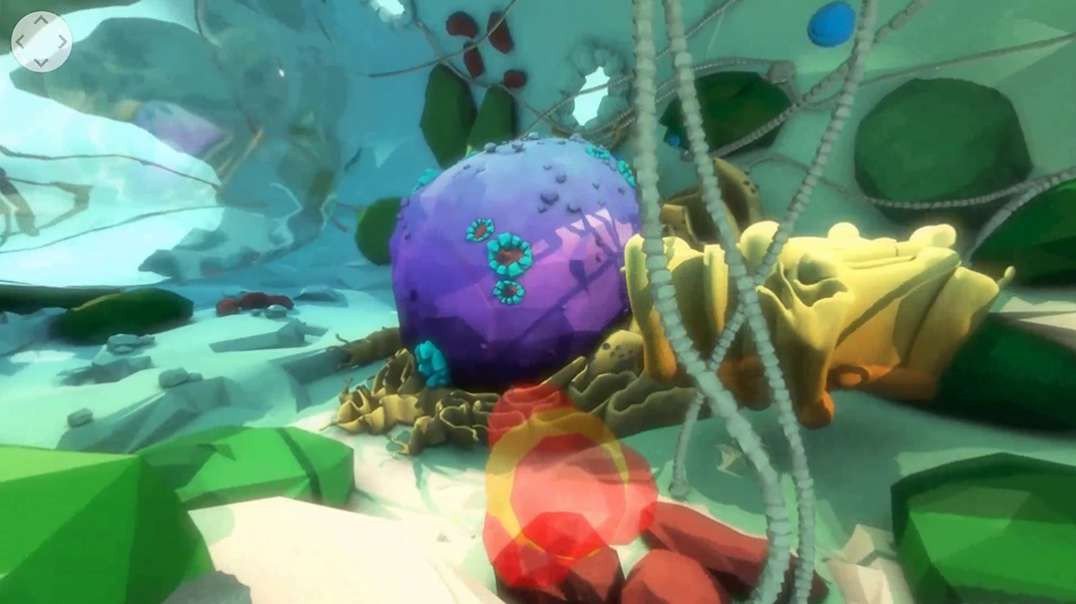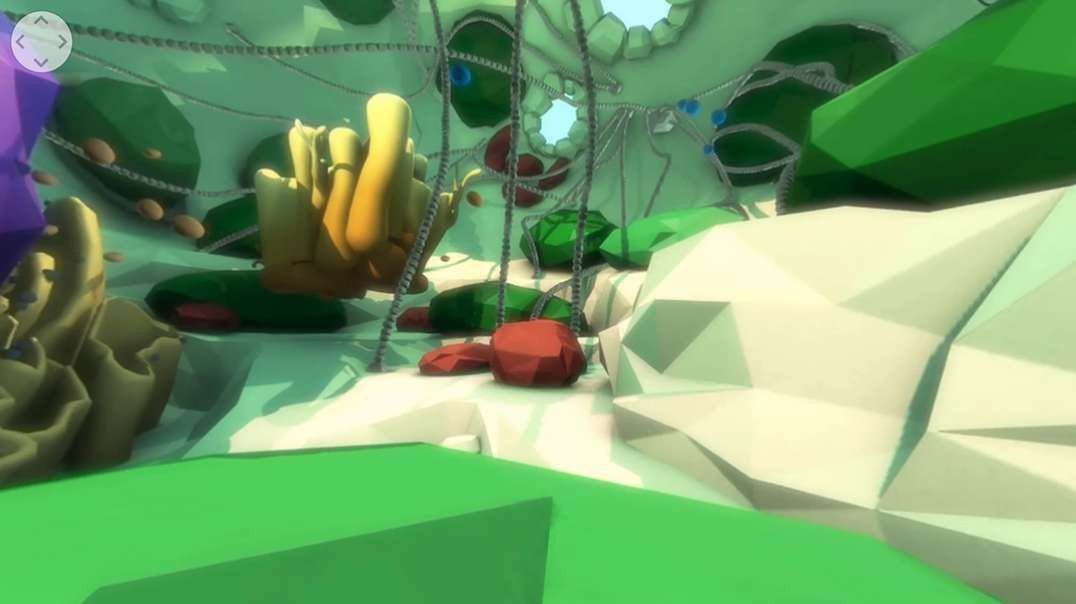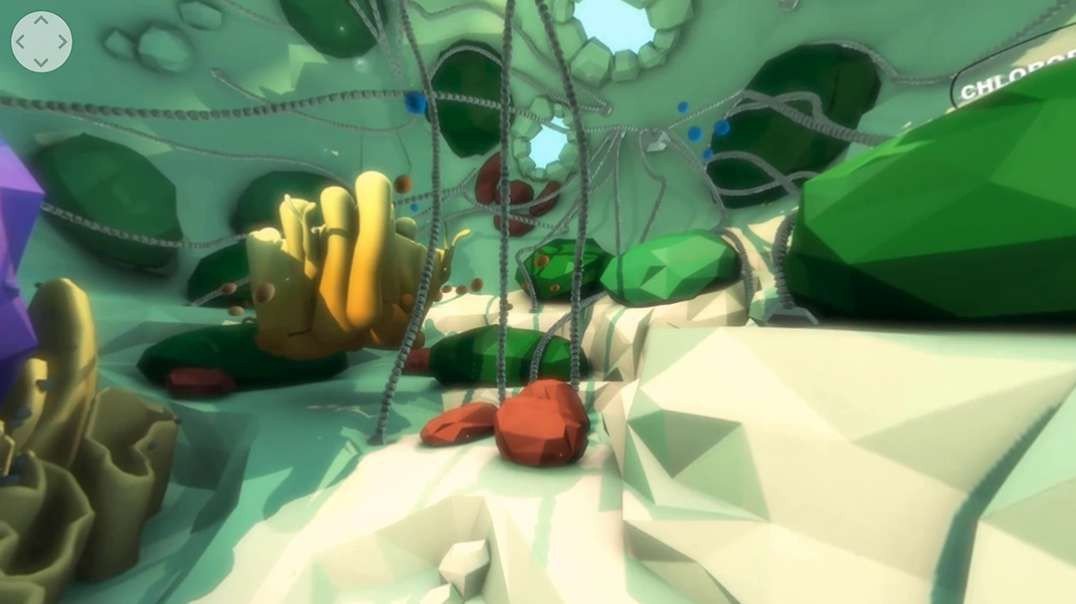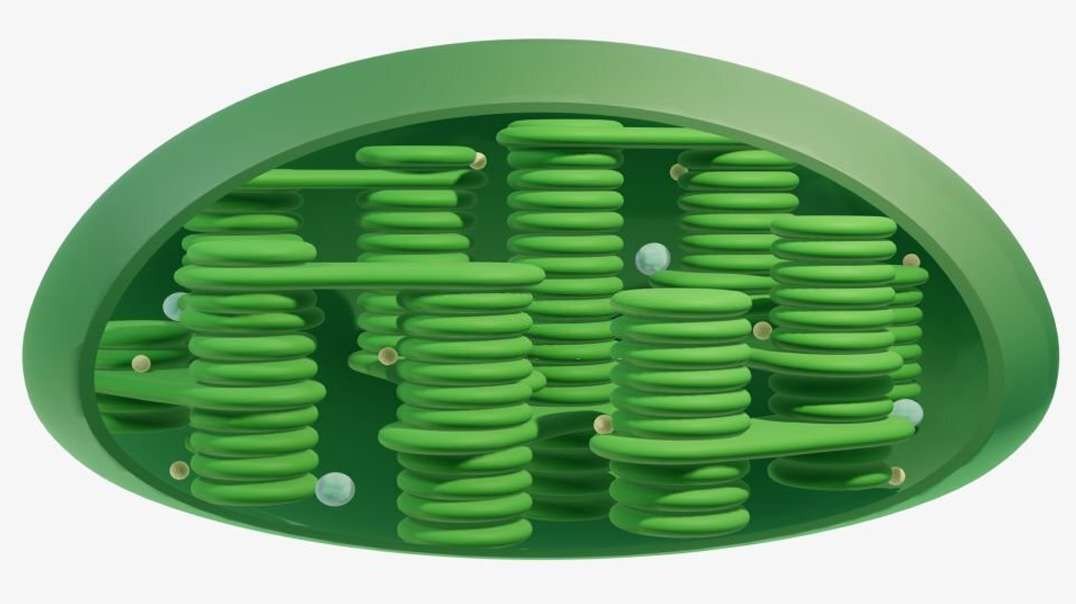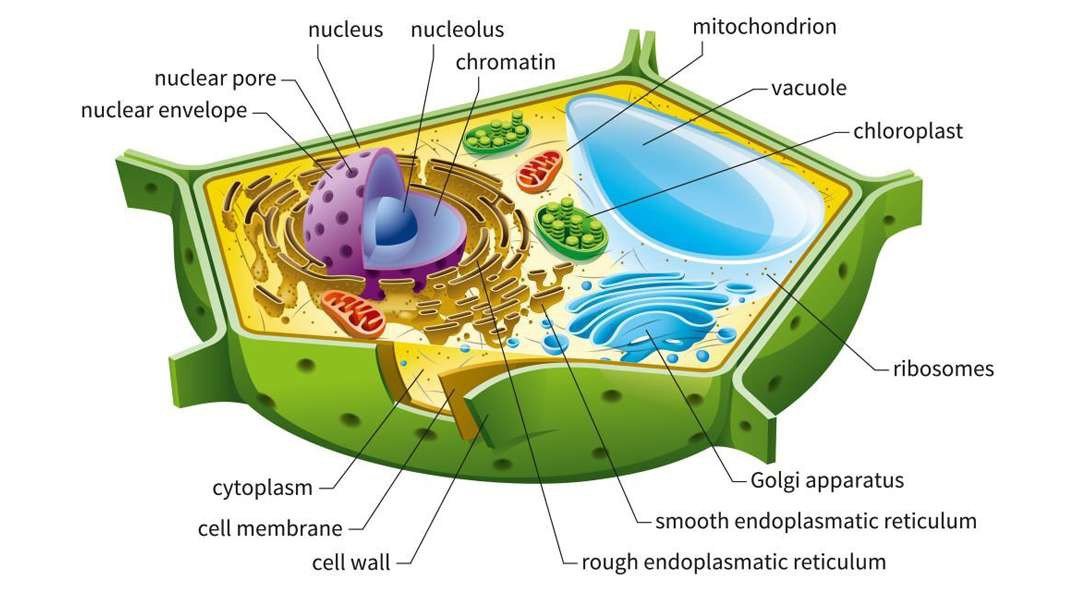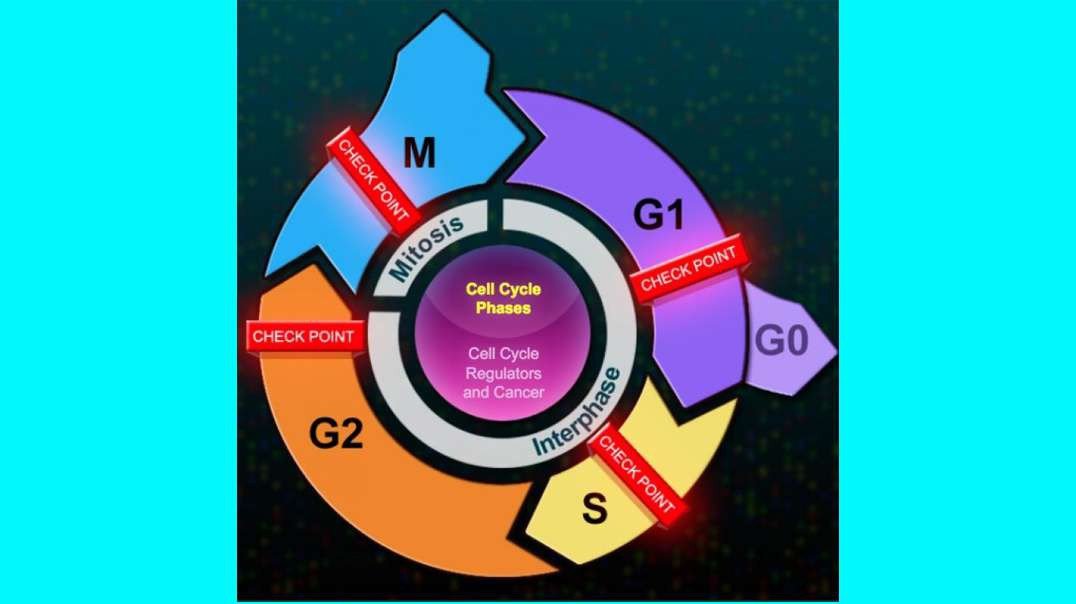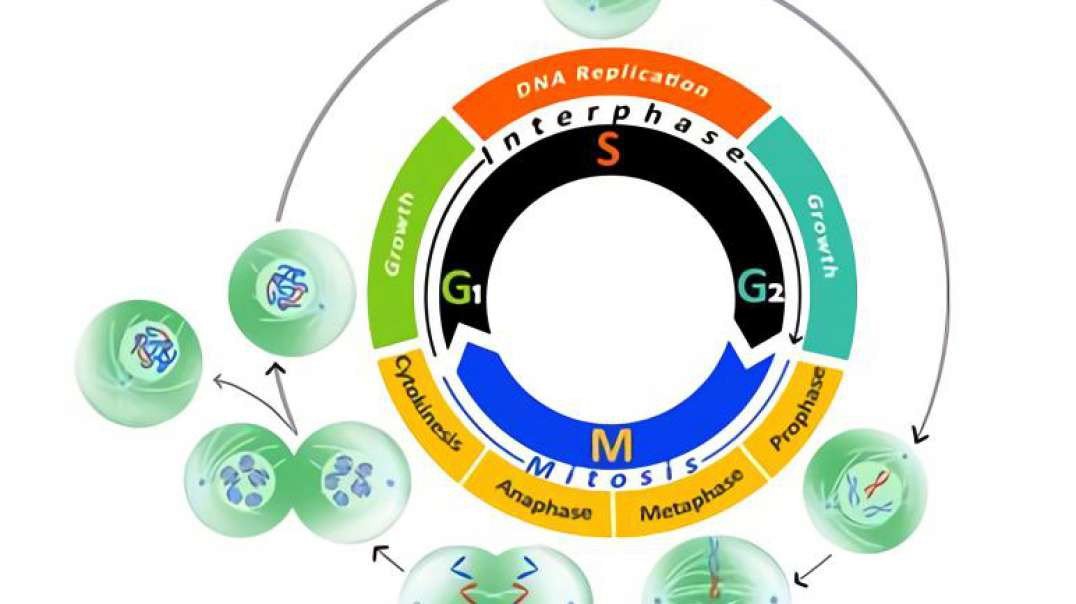
:
The Cell Cycle: alternative
In this lesson, we'll be looking at the cell cycle. This is the lifespan of a eukaryotic somatic cell. A somatic cell is any cell in the body of an organism, except for sex cells such as sperm and egg cells. The cell cycle describes the sequence of cell growth and division. A cell spends most of its life a state called interphase. Interphase has three phases, the G1, S, and G2 phases. Interphase is followed by cell division, which has one phase, the M phase. Together these four phases make up the entire cell cycle. G1 of interphase is sometimes called growth 1 or gap phase 1. In G1, a cell is busy growing and carrying out whatever function it's supposed to do. Note that some cells, such as muscle and nerve cells, exit the cell cycle after G1 because they do not divide again. A cell enters the S phase after it grows to the point where it's no longer able to function well and needs to divide. The S stands for synthesis, which means to make, because a copy of DNA is being made during this phase. Once DNA replication is complete, the cell enters the shortest and the last part of interphase called G2, also known as growth 2 or gap phase 2. Right now, it's enough to know that further preparations for cell division take place in the G2 phase. Now that interphase is over, the cell is ready for cell division, which happens in the M phase. The M phase has two events. The main one is mitosis, which is division of the cell's nucleus, followed by cytokinesis, a division of the cytoplasm. So, at the end of M phase, you have two daughter cells identical to each other and identical to the original cell. Let's review. The cell cycle describes the life cycle of an individual cell. It has four phases, three in interphase and one for cell division. Most cell growth and function happen during G1. The cell enters the S phase when it needs to divide. In this phase the cell replicates its DNA. Replication just means the cell makes a copy of its DNA. In G2, the cell undergoes further preparations for cell division. Finally, we have cell division in the M phase. The M phase consists of mitosis, which is nuclear division, and cytokinesis, or division of the cytoplasm. We'll explore the details of mitosis and cytokinesis separately.
